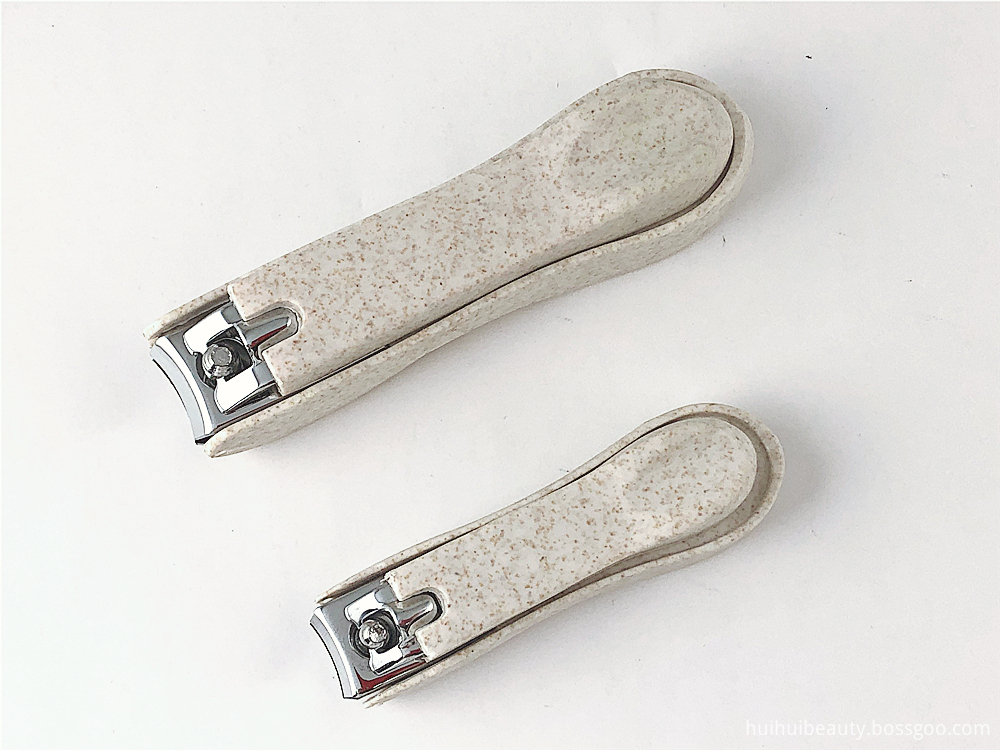Regarding sustainable packaging, Dennis Salazar, one of the presidents and founders of Salazar Packaging, said on his blog, "One of the problems facing the plastic packaging industry is consumer perception. â€
"Now some people in the society are anti-plastic products groups, they do not accept any form of plastic packaging products, and are very suspicious of sustainable packaging products. This is a prejudice accumulated over time," Salazar said.
At the same time, the freelance expert and packaging industry consultant Joan Heins said, “When it comes to sustainable green plastic packaging, some consumers don’t understand the news. And the company has not educated consumers about what green packaging is. Materials are made, why do we need it, what you can do with it, and so on.†As an industry player, if you want to get more consumers, change their prejudice and make the sustainable packaging industry more A broad space for development should focus more on consumer perception, as well as on the practicality of packaging, the sustainability of the entire supply chain, and the recyclability after use.
Recently, a report released by financial services company PricewaterhouseCoopers (PWC) pointed out that “sustainable packaging: virtual or reality?†Many manufacturers have not focused on “real†packaging, affecting sustainable packaging. Industry development. Retailers, manufacturers and consumer groups, including Federal Packaging, Procter & Gamble, Nestlé and Rexam, said that the term sustainable packaging should be phased out, and that the future trend should be “over-packaging†to the entire supply chain of the packaging industry. Renewable and sustainable after use.
The conclusion of the PWC report study: Nowadays, “sustainable packaging†is a term that is no longer the basis for good or bad packaging. The report pointed out that the future development of the sustainable packaging industry should focus on practicality and sustainability after use, not the packaging itself. In this regard, PWC company leader RichHall said, "The sustainable packaging industry is moving towards four major aspects of product, packaging, transportation efficiency and solutions."
“With the development of smart packaging, non-petrochemical derived plant plastics, drives, etc., the entire packaging supply chain will be more efficient and an effective packaging solution evolves. This is a considerable improvement, many small businesses And the corporate giants have invested heavily in their packaging supply chain and can be recovered after use, which is more "sustainable" and the phrase sustainable packaging will no longer exist.
After nearly 10 years of exploration and practice, we realized that, first of all, there is no truly sustainable packaging in the world. On the contrary, sustainability is only a process, and its goal is to make the sustainability of packaging over time. And continuous improvement, thereby reducing the overall environmental impact of the product.
Second, from a sustainability perspective, packaging materials include glass, plastic, paper, and aluminum, making it difficult to distinguish between good and bad. Each material has its own advantages and disadvantages depending on the purpose of the product and the purpose after packaging. Therefore, we always have to learn to choose in the process of pursuing sustainability.
Again, we must consider the sustainability of packaging from the perspective of the entire product supply chain. Packaging accounts for less than 10% of the carbon footprint of a product, and the carbon footprint of the product during manufacturing and use is large. Although the carbon footprint of a package may be small, its importance cannot be ignored. If the package loses its basic function of protecting the product in the supply chain, attracting customers to buy, and promoting consumption, then when the product is thrown away, the energy it consumes in the production process is wasted.
Sustainability or green packaging has become a hot topic in the packaging industry for the past 10 years. Driven by retailer demands, public awareness, economic pressures (especially petroleum products) and government policies, sustainability has penetrated into every aspect of packaging – from the source of raw materials to the final treatment of the product – and It has evolved into a very complex issue.
By 2019, the market value of the biodegradable plastics industry will grow at an average annual growth rate of 13.01% to $3.477 billion. The European biodegradable plastics market is expected to grow at an average annual growth rate of 12% from 2014 to 2019.
Biodegradable plastics are ushered in a period of rapid development. Although the concept of biodegradable plastics has been heated up, the application has not been able to increase the volume.
Biodegradable plastics are mainly used in packaging, fiber, agriculture, injection molding and other fields. Among them, the packaging industry is the most widely used. In 2013, it accounted for 60% of the total market, and food packaging demand accounted for more than 70% of the Biodegradable Plastic packaging market. The market for injection molding applications is the main driver of demand for biodegradable plastics.
Our company develops a series of beauty tool products using wheat straw material, corn starch material, coffee material, wood fiber material, recycled PP material and Green PE material, and has the relevant agency certified degradable component test report.


Biodegradable Brush,Biodegradable Brush Kit,Biodegradable Makeup Brush Set,Biodegradable Products
YANGJIANG HUIHUI BEAUTY TOOLS CO.,LTD , https://www.yjhuihuibeauty.com